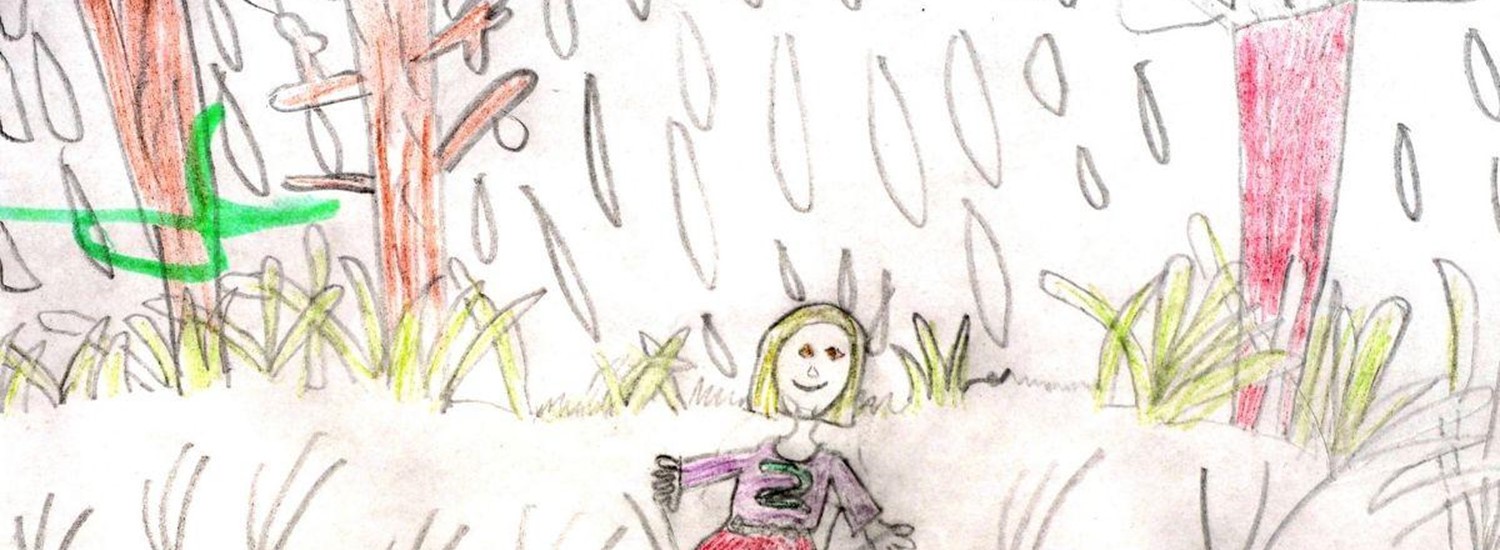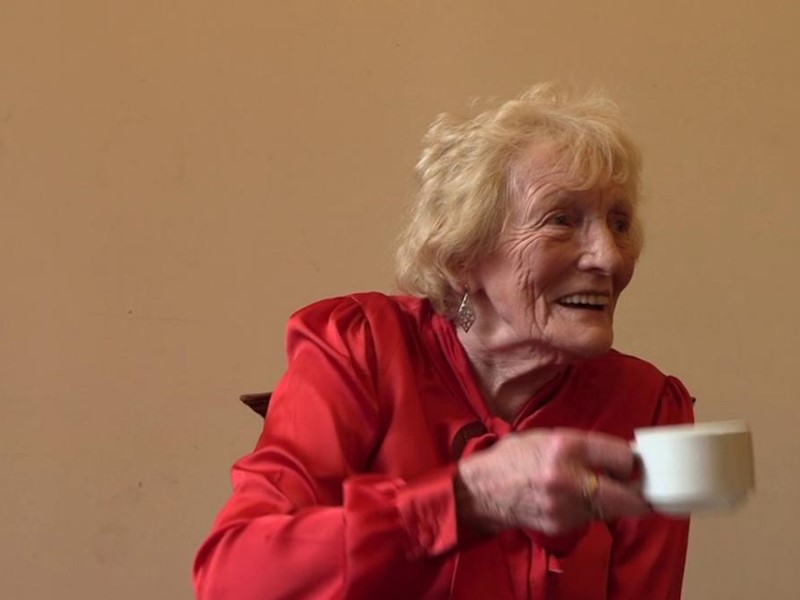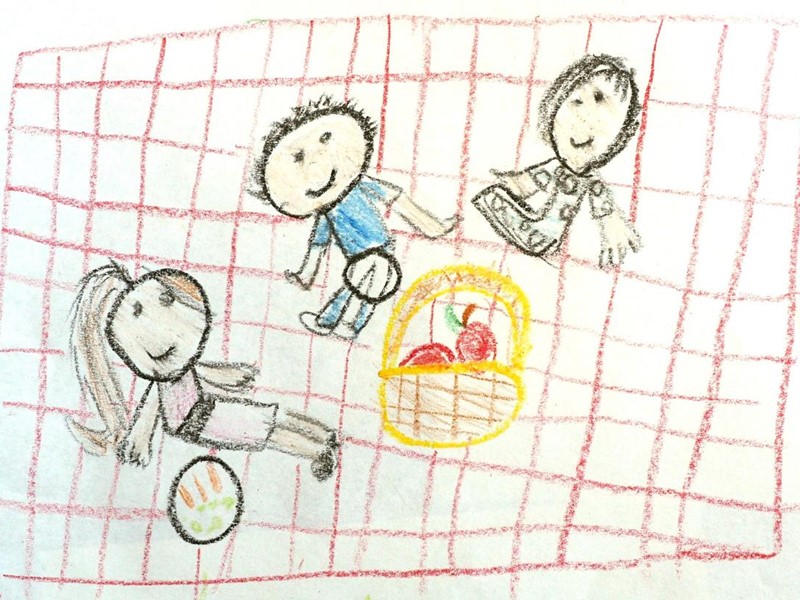Sheffield City Council was honoured to celebrate Anne who has been fostering wit ...
The unique experience of fostering in the Outdoor City

As you may know, small children like mud. Ours likes to throw it and sit in it.
“You like going out to the Peak District?” exclaimed the social worker who assessed us for fostering. “That’ll be wonderful!” she gushed.
At the time I thought she was getting a bit overexcited, all kids get outdoors whenever they can, don’t they?
Not necessarily: more than one in ten UK parents hadn’t taken their kids to the countryside or a park in a year in a recent government survey, and one in five parents took them less than once a month.
And a trip to the great outdoors is rarely a priority for parents struggling with their own difficulties as their children are about to be taken into care.
In her first few days with us, we bought our 15 month old foster daughter some shoes and plonked her down in the local park to run around like the other kids. She looked down at the grass, looked back at us and whimpered. A large open field was an entirely new experience.
In her first few weeks exploring the Outdoor City she was worried by tall trees, but delighted by autumn leaves. She hated bright sunlight, but liked shady woodland paths. And she decided gravel is fascinating.
Her city’s woods and fields seemed completely new to her, but she took them in her stride.
It turns out that your grandparents’ wisdom about how: “It’ll do thee good to get out” has now been confirmed by scientists the world over.
Sunlight in the early afternoon helps a baby sleep better, for example.
Sticks and stones and puddles are free ‘open ended’ toys which children will play with again and again because they involve imagination, unlike a pink plastic cartoon creature with buttons and a battery.
Playing outside reduces stress for everyone by giving children and adults enough space to take risks, fall over, and learn about each other. View over some of Sheffield's unique landscape.
View over some of Sheffield's unique landscape.
Looking around and playing in a wide open landscape helps developing eyes focus better than in a room a few yards wide, and exercises the iris properly.
And playing in mud helps your immune system, or as your grandmother may have said: “A peck o’ mud ne’er did thee any harm.”
All of this is as true for looked after children as it is for paying members of the Forest Schools Network, it’s just that kids from poorer households tend to stay inside more than they did in the past.
The chance you get as a foster carer to introduce a child to the countryside on our doorstep, probably for the first time in their life, really is quite a privilege.
The research shows that these experiences will stick. They’ll never again be worried by trees or scared by sheep, and may well grow up to appreciate the wilder parts of Sheffield as much as the kids of Lodge Moor or Fulwood.
And in our toddler’s case, she’ll probably have a lifelong love of gravel.
You can find out more about fostering here: www.sheffield.gov.uk/fostering
Artwork by Freya and Emily.



